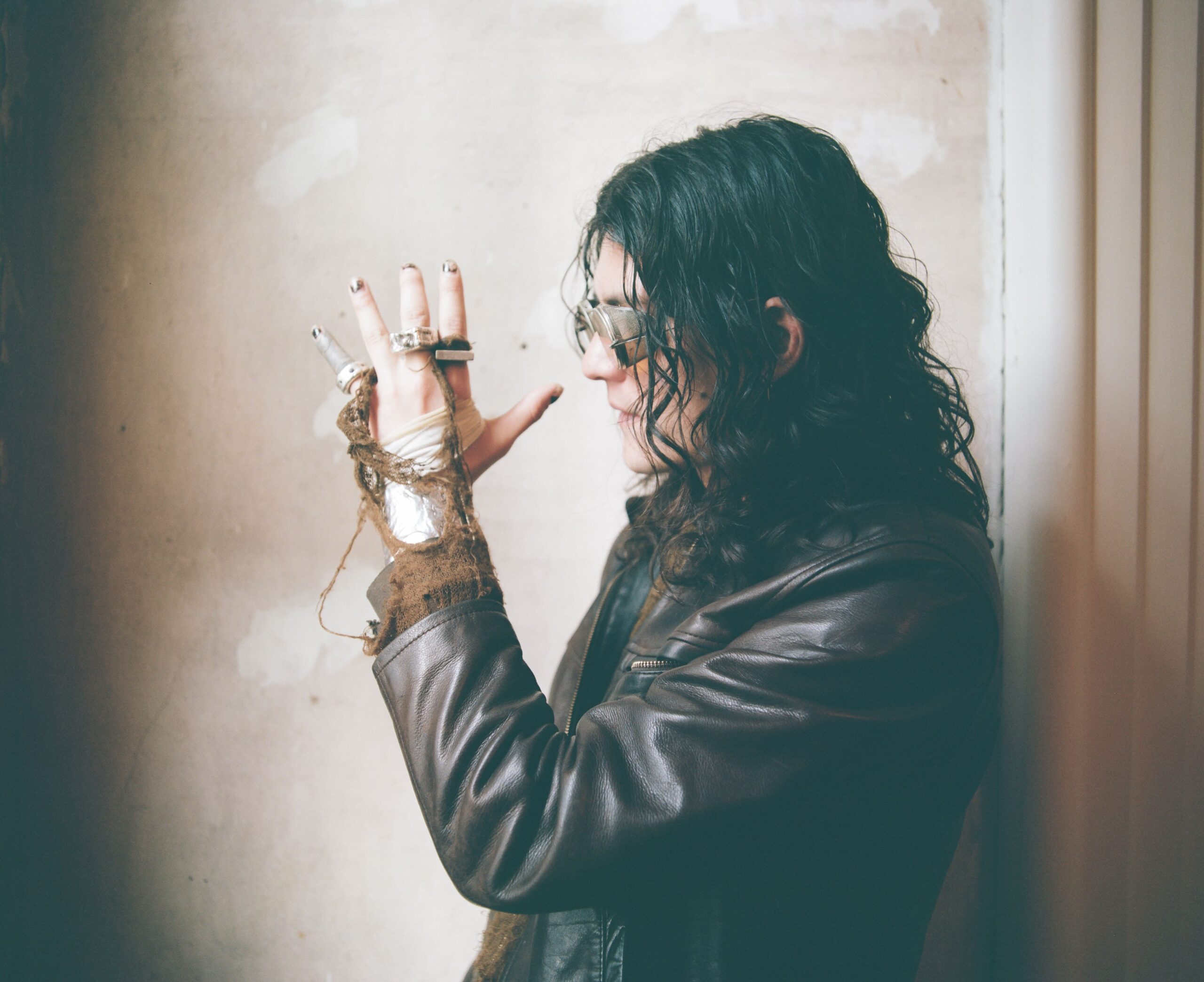Two years ago this summer, hip-hop marked its 50th anniversary. Despite being a half-century old, the genre remains the soundtrack of our times. A year earlier at the Dallas Contemporary — which upholds Texas’ banner of the avant-garde, important, and edgy — one of the originators of the movement, Chuck D of Public Enemy, headlined as DJ at the Contemporary’s annual gala, which also honored artists/activists Shepard Fairey and Gabrielle Goliath.
Flash forward, and the Dallas Contemporary returns to hip-hop investigations via a cool dive into one of its stylistic tropes — grillz — with “Masahiro LaMarsh: Anticlastic.” The museum is following terrain blazed in New York last year by the American Museum of Natural History’s “Ice Cold: An Exhibition of Hip Hop Jewelry,” which took its cue from Taschen’s monumental 2022 volume of the same name.
But at the Dallas Contemporary, exhibition organizer Alexandra Hulsey (making her curatorial debut) focuses on a more intimate presentation showcasing a rising artist in the subculture of hip-hop jewelry: NYC-based LaMarsh, whose unique CV includes marble-carving studies in Carrara, Italy, and Iceland, as well as an improbable exhibition at the Iceland Whale Museum.

A biracial Asian-American, the sculptor turned jeweler was raised in Northern California and Dallas-Fort Worth. The Gen Z talent has been supported by stars of the hip-hop scene and beyond. Iconoclastic clients include avant-gardist Michèle Lamy of Lamyland; Kendrick Lamar and SZA’s Grand National Tour, which commissioned custom grillz for the dance team; and, highlighted here, Erykah Badu’s intricate grillz. Dallas’ queen of neo soul and hip-hop, Badu is LaMarsh’s mentor and a meaningful presence in his creative life. The five-time Grammy winner has worn his grillz to statement-making events such as the 2024 Met Gala, paired with Comme des Garçons.
The exhibition title, “Anticlastic,” is a jewelry-making term that relates to the transformation of a flat piece of metal into a free-flowing form. Of all the grillz on display, Seven Gates — a custom creation for Badu — steals the show. Lacy, Moorish-inspired, and set with Moroccan amethyst mounted into 22K gold, it speaks to the millennia-old tradition of dental ornamentation that dates to Etruscan and Mayan civilizations, while serving as a contemporary metaphor for the mouth as a vessel to speak the truth.
From Ancient Italy to 1970s NYC
Body ornamentation exists throughout global culture. In the case of grillz, as cited in Taschen’s Ice Cold, wealthy women of the Etruscan civilization (precursors to the Romans) had their front teeth removed to be replaced by gold versions to underscore stature in high society. Tricked-out teeth as wealth signifiers were also the order of the day for Mayan kings and queens; instead of gold, jade roundels adorned the upper teeth of these mystic royals. In 14th-century Philippines, removable bands of gold worn over front teeth, chakang, were passed down through generations as venerated family heirlooms.
Centuries later, with the nascent emergence of hip-hop in New York City, bling ruled. “My jewels are my superhero suit … a gift from ancestors who sat on thrones and reigned with rings and rocks the size of ice cubes,” says Ricky Walters, aka Slick Rick, in the foreword to Ice Cold.
Author Vikki Tobak traces the presence of grillz in hip-hop baubles to the genre’s beginnings in the 1970s. “Even the term bling first came to be used on the streets of Brooklyn as Jamaican slang made its way over from the West Indies,” she writes. “As the legend goes, the lack of good dental care in Jamaica made gold teeth popular replacements. Bling was the sound of shine.” The word grillz, she says, references “the ornate grilles of luxury vehicles.”
Twenty years ago, the term officially entered pop culture with Nelly’s 2005 music video Grillz, which featured cameos by a Houston duo, rapper Paul Wall and jewelry maestro Johnny Dang. A sampling of the lyrics says it all about the opulence and indulgence of this street bijoux:
What it do, baby? (Uh), it’s the iceman, Paul Wall (yeah)
I got my mouth lookin’ somethin’ like a disco ball (yeah)
I got the diamonds and the ice, all hand set
I might cause a cold front if I take a deep breath (already)
Today, custom grillz are the couture of hip-hop style, collectible and ensemble-making like any other accessory. In-demand jewelers can take months to complete these dazzling pop-on dental embellishments for celebrity clients, especially those in the music biz. It’s not uncommon for grillz ornamented with diamonds and other candy-colored jewels to reach into the five, six, and seven figures, the latter reportedly for Katy Perry’s over-the-top grill in her 2013 Dark Horse Egyptian-inspired music video; that extravagant mouth bling set a Guinness record as most valuable grill with its million-dollar price tag.
A New Grillz Master
LaMarsh follows in this tradition as its next-gen creator of fabulous grillz adornment, honing a personal vision that melds an organic wabi sabi aesthetic often unexpectedly paired with ornate Islamic iconography. This exhibition, dramatically installed in a darkened, chamber-like space at the Dallas Contemporary, underscores the theatricality of his creations.
“Anticlastic” is accompanied by two film shorts: One pulls back the curtain on LaMarsh’s intensive process of forging Seven Gates, while the other is a meditation on the World War II-era internment of Japanese Americans, told via family archives of Detroit-based Shigeto, an electronic musician, DJ, radio host, label co-founder, friend, and client.
PaperCity spoke with the artist and curator on the behind-the-scenes story of “Masahiro LaMarsh: Anticlastic.”
What was Erykah Badu’s role in making this exhibition happen?
“Masahiro LaMarsh: Anticlastic,” through August 31 at the Dallas Contemporary. More information here.